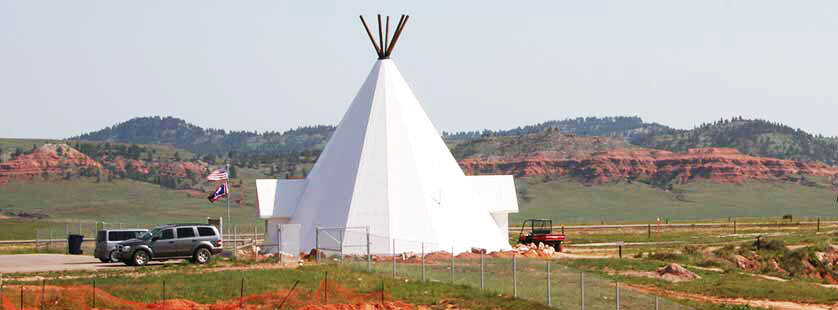The Vore Site is open from June 1 through Labor Day from 8 am to 6 pm. Tours are guided. The last tour leaves at 5:15 pm.
Admission is charged. Children under 6: free. Ages 7-12: $5.00. Ages 13 and above: $12.00.
Please contact us for group or student tours.

The Vore Site is open from June 1 through Labor Day from 8 am to 6 pm. Tours are guided. The last tour leaves at 5:15 pm.
Admission is charged. Children under 6: free. Ages 7-12: $5.00. Ages 13 and above: $12.00.
Please contact us for group or student tours.

Contact Information
Vore Buffalo Jump Foundation P.O. Box 369 Sundance, WY 82729 Telephone: (307) 266-9530Contact Information
Vore Buffalo Jump Foundation
P.O. Box 369
Sundance, WY 82729
Telephone: (307) 266-9530
Our email address is: info@vorebuffalojump.org
Check out our Facebook Page! Like our page so you don't miss current updates.
Send us a message. Fill out the form and click on the submit button.
Check out our Facebook Feed! Like our page so you don't miss current updates.
[custom-facebook-feed]
